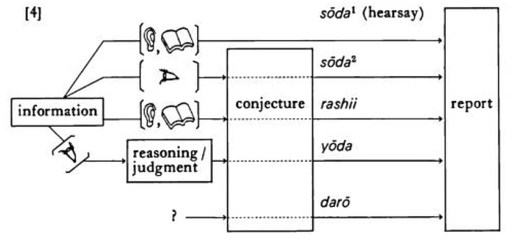Todays recommended video… is not actually a video. But a whole range of videos. To be more precise, just a list of youtubers I recommend to power up your Japanese listening skills (and learn relevant words)
I recommend only subscribing to the ones that you like! Although you may have to force yourself to listen to some if you are weak in some listening areas and want to strengthen that in particular.
Here are my recommendations.
PDR is a very amusing youtuber that has very easy to understand Japanese. He also has a very high English level and sometimes does videos with his friends testing their English level. All videos are subtitled in English and in Japanese. He talks about very relevant things and how youth tend to think about them.
Nihongo no mori have a lot of grammar videos in Japanese about Japanese grammar, and how to use the various structures. They have almost every grammar structure you could think of and a huge library of Onomatopeia explanations. They also have playlists for slang and kansai ben. Which are very useful!
Hikakins main channel . A huge range of videos here from product reviews, chats with the govenor of Tokyo, chats with his friends, and even political views. A very funny guy that most people know from his beat boxing videos from the early days of youtube. Intermediate listening. Sometimes he can be a little difficult to understand, but rarely.
Corona games. She plays most new release games all the way through and has very detailed walktrhoughs where she talks about characters, their personalities, strategies, many things. She has a very clear… but very ‘kawaii’ voice. This one is fantastic but not good for people that do not like the kawaii voice.
This is Yuka Kinoshita. She is an 大食い. That’s basically the Japanese word for binge eating. You will learn all sorts of food vocabulary and cooking vocabulary and probably also have your mind blown by the fact she can eat the things she does and not die. Her accent can be challenging to listen to.
This is Seikin, Hikakins brother. He has a few different youtube channels and is a really funny guy. He does lots of product reviews. So you will learn tons of vocabulary for how lots of daily items are used.
This is Fischers. A group of guys that do lots of challenge videos and generally take the piss out of eachother. Perfect channel for those of you that want to learn how men talk to other men. (LOTS OF SLANG). Can be a little hard to understand at times but you will probably laugh so much that you will remember a lot of the words in their context.
QVC Japan. This is basically a huge shamwow type channel that advertises things in the same way they would be advertised on TV. Because this is a professional group and they are treating you like a REAL customer in Japan would be treated, you will be exposed to some real polite language in the same fashion as you would be in a store. If your goal is to become proficient in polite Japanese, this channel is indispensable.
Hajimeshacho is a very famous young guy that does various challenges, talks about random things and discusses viewer comments. This guy has a very unclear pronunciation style at times, so I only recommend him if you are confident with your listening. Apart from that, most of his videos are quite funny (although a little bit cringy at times, as he is still a young man who is obviously still discovering who he is as a person)
This one is a bit of a dark horse. This is a white guy that is a bit of a philosophical speaker, and although his pronunciation isn’t perfect 100% of the time, Japanese people love him and quite often comment that his Japanese is better than theirs… They are usually right. Gramattically this guy has fantastic Japanese. (Just a little bit of a western accent)
This guy does free videos aimed at Japanese middle schoolers that teach Japanese grammar with super easy to understand explanations and some absolutely mind blowing grammar tips that will make you a lot more confident while speaking. I really… really recommend his videos for learning to understand Japanese LIKE a Japanese person does.
Last but not least. This guy is a buddhist and talks about a lot of philoshophical things. He speaks very slowly and VERY clearly. Although a lot of the vocabulary is quite advanced, you could probably quite easily listen to these videos without actually watching them as they are all so well spoken. He also talks about a lot of concepts that are deeply engrained into the Japanese way of thinking, and will help you put your mind in to that frame.
@AlliCrabi These links are for everybody but I did promise I would send you some links in a previous post. So here they are  Happy listening
Happy listening



 Happy listening
Happy listening
 ). I like your description on noun or noun behavior though (verb, na adj, i-adj), I wish I learned it like that in the beginning.
). I like your description on noun or noun behavior though (verb, na adj, i-adj), I wish I learned it like that in the beginning.
